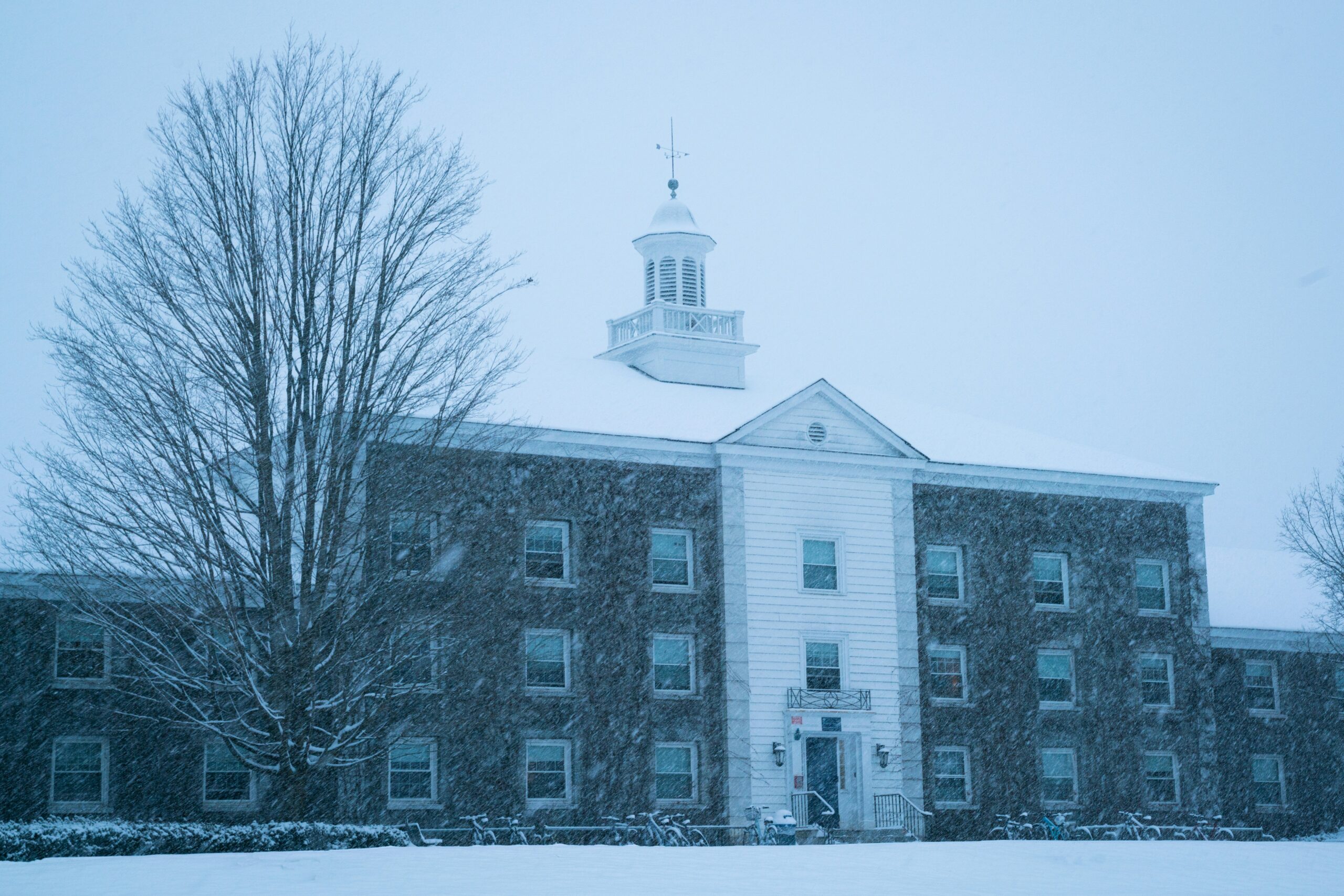As an RA at Wesleyan University, I took charge of 38 freshmen, with the instructions to help them adapt to college life. With this came formal training, during which I learned how to handle situations ranging from roommate arguments to flooding, as well as about community building and guidelines, among other topics.
The main brunt of my work consisted of communicating community guidelines with my residents, making posters and events to engage them with schoolwide activities, and solving problems they had.
For example, one of my residents had a quarrel with their roommate over bedtime hours, and when they would be turning off the lights each night. One of them was a night owl, while the other went to sleep early. As the mediary, I was able to reach a place of compromise. My strategy was to get each of them to write down 5 suggestions for the other person, and to have them read the suggestions. Afterwards, each of them realized some of the suggestions were feasible, and so we worked out a couple of suggestions for each of them to follow. The main ideas were that the early sleeper agreed to postpone their bedtime slightly and read for a little while in their room, while the other would study elsewhere after the lights were turned off. Mediating this specific conflict showed me that oftentimes, spoken word, and the tones and biases that come with it, can cause people to become defensive and standoffish, while written word can show plainly what points people are trying to make without biases, tones, or raised voices.
As my first official job, being an RA taught me many valuable lessons, the most important of which was always being on top of my responsibilities. During my duty nights, where I would stay in the building and deal with any situations or problems the building and residents had during the night, I always made sure to show up to my shift at least 30 minutes early. I would get going on my safety checks immediately, instead of postponing them and potentially endangering the residents of the building. I would frequently check the common rooms and bathrooms for any potential problems, and be available to come talk to if necessary. Furthermore, as a first time employee, I learned how to make my relationship with my boss productive and positive, by making sure to always be on time and fulfill all requirements of my job. Being in this position helped me structure my life, and improve my organizational skills and conflict resolution.



